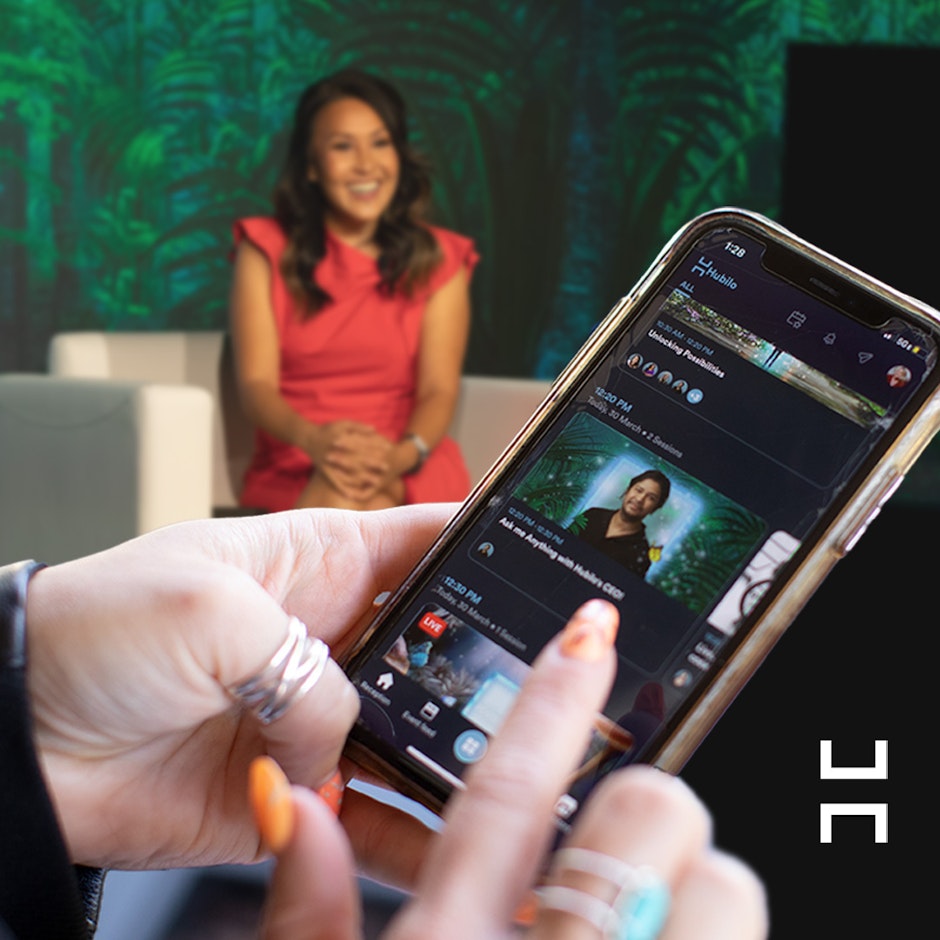How to make a hybrid event a success
by Cathy Song Novelli, chief marketing officer, Hubilo

There was a time, not so long ago, when attending an event meant actually leaving the house, and “hybrid” mostly applied to cars. Needless to say, things have changed, although pairing the word “hybrid” with “events” is still a nebulous concept for many in the industry today, despite it being quite the buzzword. At Hubilo, however, this is our bread and butter. So, let’s demystify the concept by pulling back the curtain and looking at what makes hybrid events successful.
Pre-event: Enticing potential attendees
Building excitement within your online community before the event is a time investment well-spent. It allows attendees to get engaged before the event even begins and builds anticipation. After all, what better way to boost attendance than by giving attendees a glimpse of what they might be missing? Creating pre-event buzz is key, and there are quite a few ways this can be built.
One avenue of creating buzz could be through a series of educational and fun videos to define event topics or goals. This gives prospects and attendees a sneak peek at event topics and speakers, sparking interest in the event. The key to making this strategy a success lies in keeping the videos short and snappy so that viewers remain engaged.
Another fool-proof way of engaging attendees ahead of the event is by launching contests ahead of the event. From photo or video contests to pre-event quizzes, they are the perfect gamification solution to get attendees excited. At our most recent event, Mastering Immersive Experiences (MIX) 2022, we ran a social media contest before the event that awarded the winner the opportunity to ask live questions to Mindy Kaling at the event. To find out if they had won, entrants had to tune into the event, which was a great way to drive further attendance and engagement.
At the event: Creating different engagement experiences
When hosting a virtual event, it might be tempting to try to replicate the experience that in-person attendees have for those who are engaging virtually or vice-versa, but ultimately, this can be more of a hindrance.
When you have two distinct audiences, you must create two engagement experiences. There truly are two separate audiences that you’re trying to engage during a hybrid event, and it is vital to create different experiences for both of them.
Bridging the gap between in-person and virtual audiences can be done through a variety of avenues. Event organizers can run ice-breaking sessions to connect audiences or plan activities and games that encourage participation from all audiences. We also recommend organizing virtual rooms for attendees based on their interests, job profiles, or what they’re looking to achieve through the event.
To merge the audiences during sessions, an excellent solution is to broadcast virtual attendees on screens at the in-person venue, in sessions and at booths, so in-person attendees can interact and network with all your virtual attendees.
After the event: Data equals that personal touch
Data is key and can be used to amplify post-event content, as well as to gain insight for future events. By diving into the event analytics, it’s possible to see how many interactions there were during the event, how many meetings were set, and how many comments were made, among other insights. It’s hugely valuable to see what sessions rated the best and what topics the audience found most interesting.
At MIX 2022, we were able to use personal data to provide attendees with tailored post-event follow-ups. This allowed us to boost engagement after the event and allowed for targeted messaging with a more conversational tone, making for better engagement after the event has ended.
Expect the unexpected
In 2022, for event professionals, being prepared to make changes needs to be a crucial part of how you plan your events. But what does this mean? One of our key learnings from the past two years is that anything can happen.
Any experienced event professional would know that no matter how much effort you put in the planning, there are always some hiccups ready to wreck the big day for you. They could be as small as the dysfunction of one microphone and can be as major as a natural calamity. And trust me. Better preparations or planning are not your way out.
The only possible thing you can do is to come up with an extensive event contingency plan — a plan that will direct your activities in the case of any major or minor trouble. What will you do if a speaker cancels at the last minute? Will you play a pre-recorded session for attendees or will you open up the schedule for networking? How about having an entertainer on standby to fill up the schedule?
It is therefore important to be mindful of outside factors that may influence an event, and it’s imperative that you put plans and resources in place to be ready if a last-minute shift is necessary. This requires not only having a backup plan but also, as the event organizer, mentally preparing to go with the flow of whatever comes your way and work with it.

